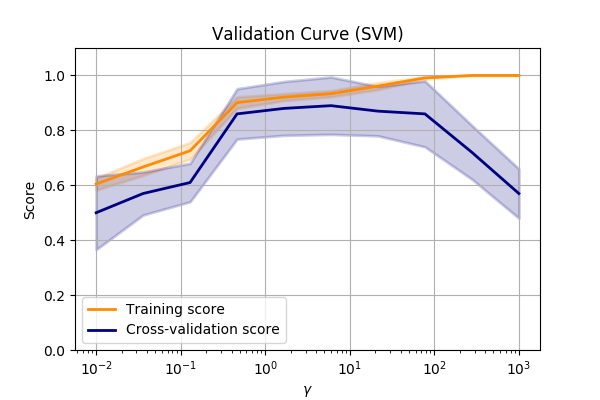603: Nearest Neighbour Tips and Tricks
- Published
- Author
Dimensionality and domain knowledge
- Is it right to use the same distance measure for all features?
E.g. height and sex? CPU and Disk space?
- Some features will have more of an effect than others due to their scales.
???
In this version of the algorithm all features are used in the distance calculation.
This treats all features the same. So a measure of height has the same effect as the measure of sex.
Read more